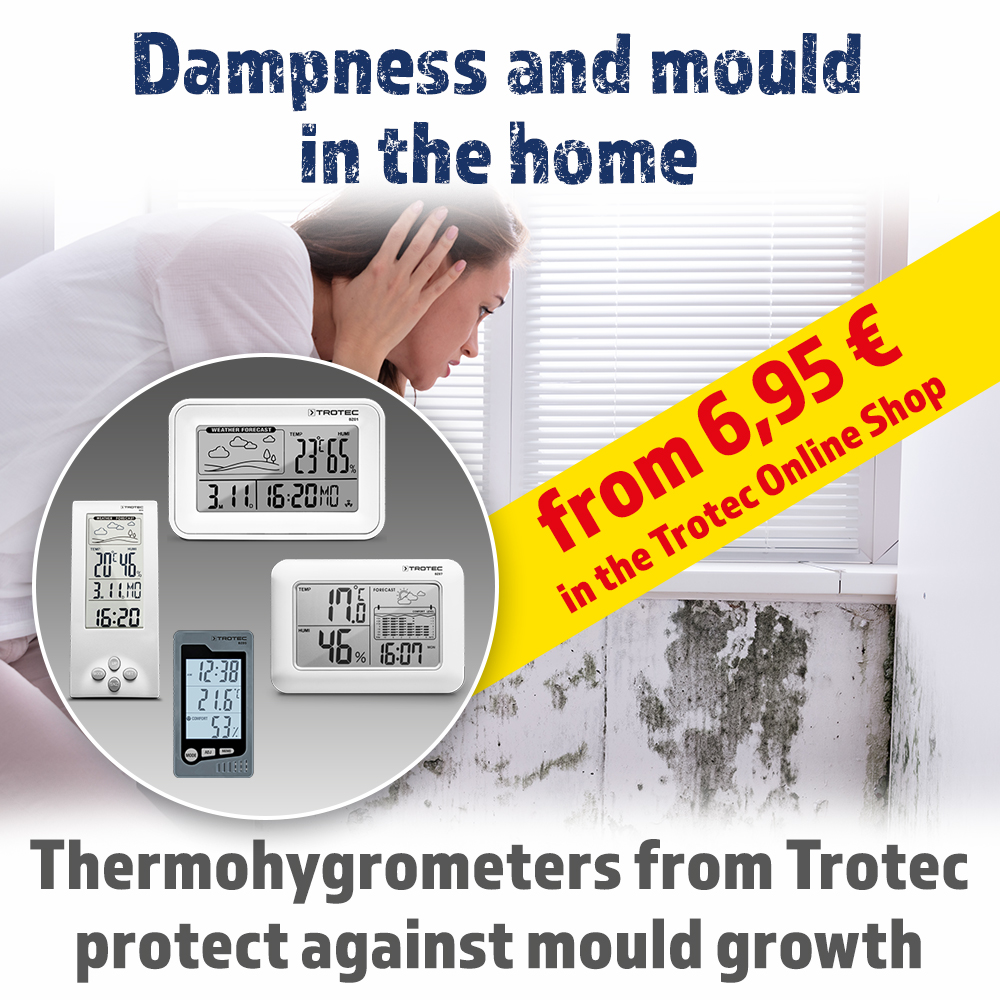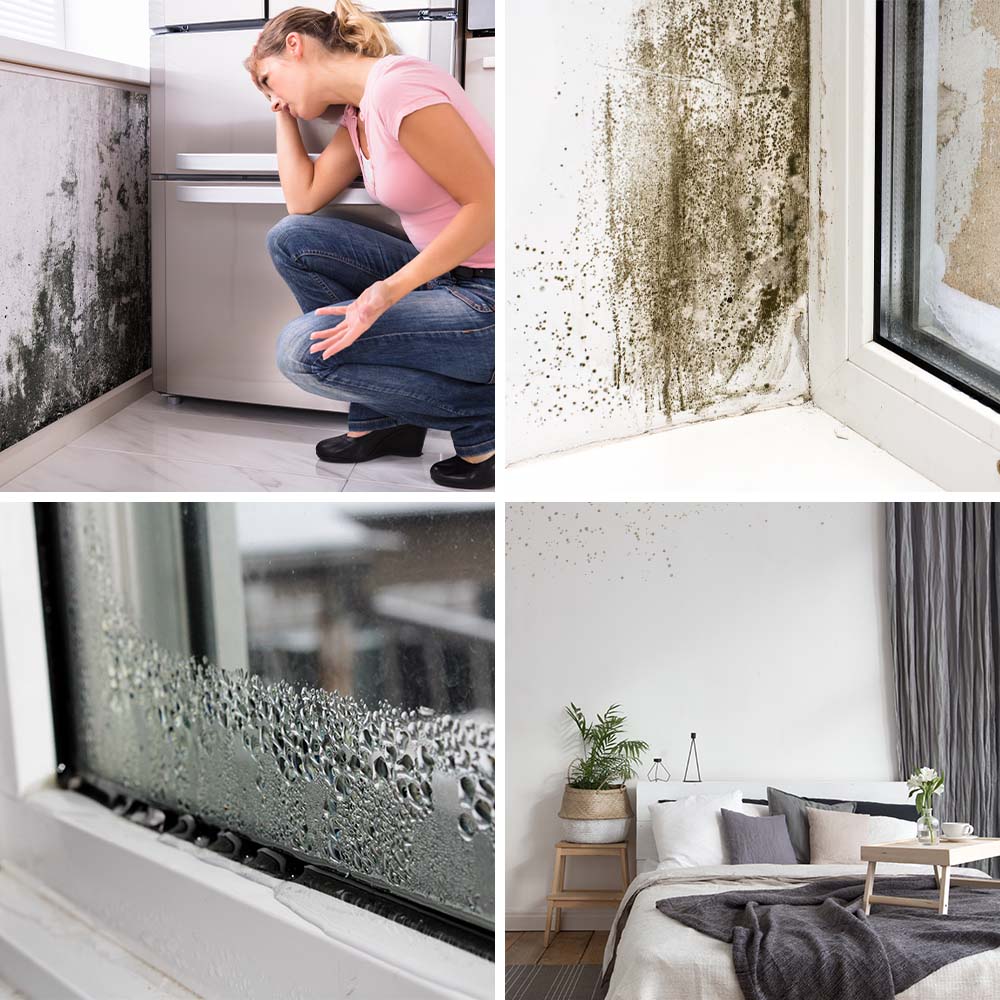 Saving energy is the order of the day. That is why many households are heating less this winter than last year. In many houses and flats the heating is completely switched off – or the room temperatures are ‘’saved’’ considerably.
Saving energy is the order of the day. That is why many households are heating less this winter than last year. In many houses and flats the heating is completely switched off – or the room temperatures are ‘’saved’’ considerably.
But: ‘’If flats and houses are not heated sufficiently and not ventilated properly, mould can develop,’’ warn the experts at the consumer advice centre. It is therefore essential to ventilate after showering, bathing, cooking and also after sleeping in order to exchange the humid indoor air for drier air from outside.

Saving on ventilation is not a good idea
In view of high energy costs and fear of high additional payments, windows are often left closed. Who would voluntarily open the windows when it is freezing cold outside? An understandable reaction to the current energy prices, but also one with consequences: ’’However, this can lead to mould growth in critical areas such as outside corners, outside walls, window reveals or behind pieces of furniture. You can prevent this with controlled heating and ventilation!’’
How do I ventilate correctly – without heating outside?
Shock ventilation or tilt ventilation? Opinions differ on this question. The consumer advice centre explains when it makes sense to ventilate:
‘’Shock ventilation with windows wide-open is ideal for quickly exchanging the air caused by unpleasant odours in the kitchen or toilet, for example. Tip: turn down the heating in good time before airing out. Savings are greatest when the hot water in the radiator has already cooled down.’’
The situation is different with humidity that arises after showering, bathing, cooking or sleeping, as wall surfaces, towels, mattresses or duvets retain moisture even longer.
‘’In this case, it is better to air the room completely and then leave the window open for two to three hours so that the ‘’sorption moisture’’ escapes. The associated energy loss is low as long as the windows are not tilted around the clock. The room drying effect, on the other hand, is significantly greater than with repeated shock ventilation.’’
However, ventilation should not be longer than necessary, otherwise the walls will cool down, which in turn will require more reheating.
How long should I ventilate for?
The ventilation time depends on how high the humidity in the room is. A Thermohygrometer can help you estimate this. To avoid mould in the living space, the consumer advice centre recommends a humidity of 40 to 45 percent in winter and 45 to 65 percent in summer. If the thermohygrometer shows a higher value, you should open the windows for ventilation. The hygrometer also shows you when the windows can be closed again.
What to do if air humidity remains high despite ventilation?
If the air humidity regularly exceeds the value of 60-65 percent even after intensive ventilation, this may indicate insufficient insulation of the outer walls or windows. In this case, it helps to set up a mobile dehumidifier, to remove the moisture from the room air by technical means.
Small devices, big impact! Compact dehumidifiers for dehumidifying small and large rooms are available in the Trotec online shop starting at £24.95. Once set up, the devices regulate the dehumidification fully automatically and this prevent the annoying formation of condensation on window panes and mould nests.

